 Ewing Scott was released from prison in 1974, still vehemently denying that he had murdered his wife Evelyn in 1955.
Ewing Scott was released from prison in 1974, still vehemently denying that he had murdered his wife Evelyn in 1955.
Over the years he had told anyone who would listen than he had been wrongly convicted. By 1980 he was living on Social Security in a downtown Los Angeles hotel. Better accommodations than a prison cell — but not nearly as plush as the Beverly Hills mansion he shared with Evelyn.

Ewing leaves prison.
In 1983, Diane Wagner, a Burbank writer who spent five years as a part-time reporter in the New York Times Los Angeles bureau, began researching the Ewing case. She wanted to write a book about the landmark case.
Diane successfully located Ewing, who didn’t mind talking to an attractive young woman in the least, and asked him all the tough questions. She got the standard Ewing responses. He told her that he had gone out for tooth powder on May 16, 1955 and when he returned, Evelyn was gone.
Diane interviewed Ewing several times but never got past the wall of denial, until August 5, 1984. Ewing phoned and said that he wanted to see her one more time because he had something important to tell her.
Expecting nothing, but hoping for the best, Diane went to see Ewing. She brought her tape recorder with her, and she asked Ewing to state his full name and acknowledge that he was being recorded. Once the formalities were concluded, Ewing began to speak: “Well, I arrived in Las Vegas about dusk…” Then, to Diane’s amazement, Ewing confessed to killing Evelyn.
Ewing said that on May 16, 1955, he entered Evelyn’s bedroom with the mallet in his hand. Evelyn looked up and said: “But I haven’t done anything.” Ewing told Diane, “I hit her in the head with a mallet, a hard rubber mallet. Just once. On the head, right on top.”
Ewing told Diane that he wrapped Evelyn’s naked body in a tarp and loaded it into the trunk of a 1940 Ford and drove into the desert six miles east of the Sands Hotel in Las Vegas. He dumped the body into a sandy grave and then drove over it numerous times to cover his tire tracks.
The murder, digging the grave, and the drive to Vegas had taken a toll on Ewing. He “went to sleep in the car for awhile. Then I drove back to Los Angeles.”
Ewing expressed no remorse for the murder. In fact he bragged to Diane that he was smarter than the police and prosecutors because they never found his wife’s body. His arrogance defies comprehension. If he was so smart then how the hell did he end up in prison for two decades? Ewing also told Diane that Evelyn “deserved to die…she was a terrible person.” And once again he claimed that Evelyn had attempted to poison him. A claim that J. Miller Leavy, the prosecutor in the case, dismissed as completely ludicrous.
Had Ewing finally told the truth, or was the confession another lie like the hundreds he had told over the course of his life?
J. Miller Leavy believed Ewing told the truth when he said he killed Evelyn. But Leavy didn’t believe Ewing had hit Evelyn just once with a mallet, and he wasn’t convinced that Ewing had buried the body in the desert and not reduced it to ashes in the backyard incinerator.

Evelyn and Ewing Scott at the Queen Mary. [Photo found at the LA Daily Mirror blog]
There were several neighbors who recall seeing Ewing tending to a fire at the incinerator on that night in May, and they further remembered the awful stench produced by the smoke. Thirty years after the deed it hardly mattered how he had killed her or disposed of her remains. All that was important was that Ewing had fessed up to the crime.
But nothing was ever simple with Ewing.
About three months after Diane got Ewing’s confession on tape, Tom Towers, a reporter for the Herald Examiner, dropped in on Ewing who was bedridden in a Silver Lake convalescent hospital.
When Tom asked Ewing about Diane he said that she was his third wife and that they had honeymooned in South America.
Ewing also said that he hadn’t seen Diane’s book, “Corpus Delicti” but said that “the publisher is in trouble” for printing it. Tom Towers read to Ewing from the book and Ewing suddenly stopped him and demanded “What do you want?”
Tom wanted to know what had prompted Ewing to acknowledge the murder after three decades of protesting his innocence. Ewing said: “Acknowledge it? I’d be a damn fool to acknowledge it–they never found the body.”
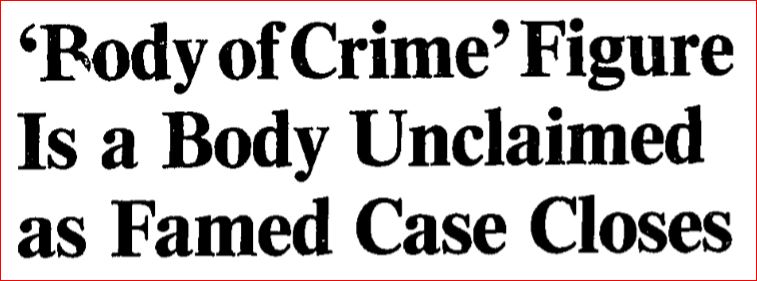 On August 17, 1987, ninety-one year-old Ewing Scott died at the Skyline Convalescent Hospital in Silverlake. He was destitute and alone. His body was taken to the Los Angeles County Morgue where it lay unclaimed for more than a week after his death.
On August 17, 1987, ninety-one year-old Ewing Scott died at the Skyline Convalescent Hospital in Silverlake. He was destitute and alone. His body was taken to the Los Angeles County Morgue where it lay unclaimed for more than a week after his death.
Ewing’s cremains are buried in a mass grave with the other unclaimed dead in Los Angeles County at Evergreen Cemetery in Boyle Heights.
Evelyn’s remains have never been found.

 Ewing’s attorneys told reporters they were worried that their client had met with “foul play”. Both the police and the district attorney were convinced that Ewing’s convenient disappearance was a hoax.
Ewing’s attorneys told reporters they were worried that their client had met with “foul play”. Both the police and the district attorney were convinced that Ewing’s convenient disappearance was a hoax.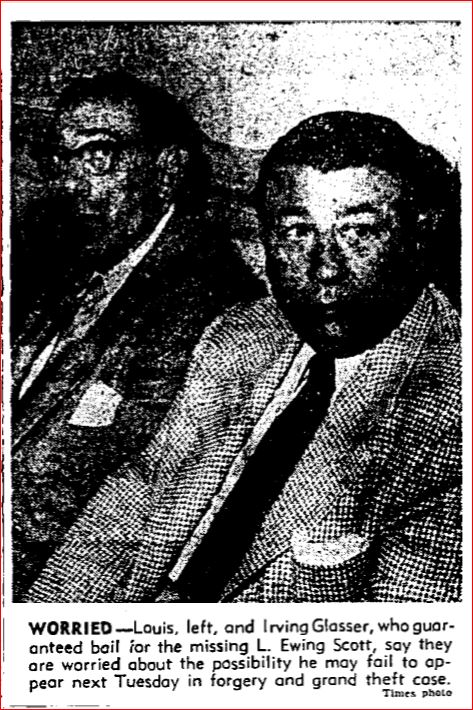 So, was Ewing sitting on a distant beach sipping a cocktail with a colorful little umbrella in it; or was he dead and buried in an unmarked shallow grave along Angelus Crest Highway? Nobody knew for sure.
So, was Ewing sitting on a distant beach sipping a cocktail with a colorful little umbrella in it; or was he dead and buried in an unmarked shallow grave along Angelus Crest Highway? Nobody knew for sure.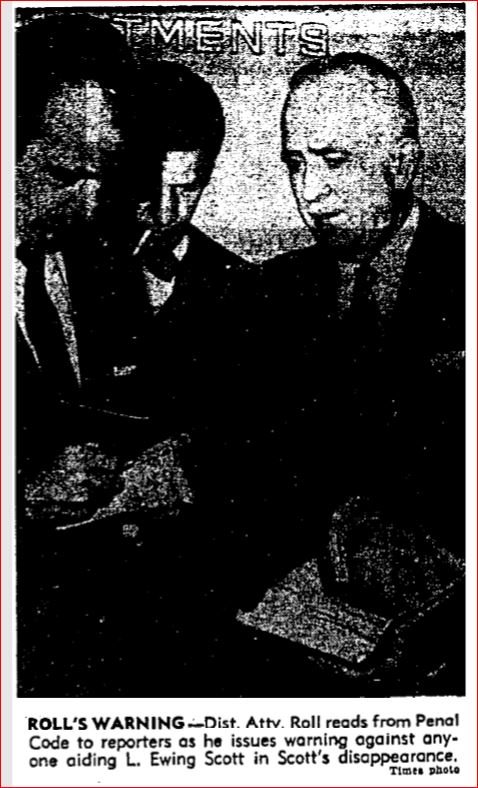

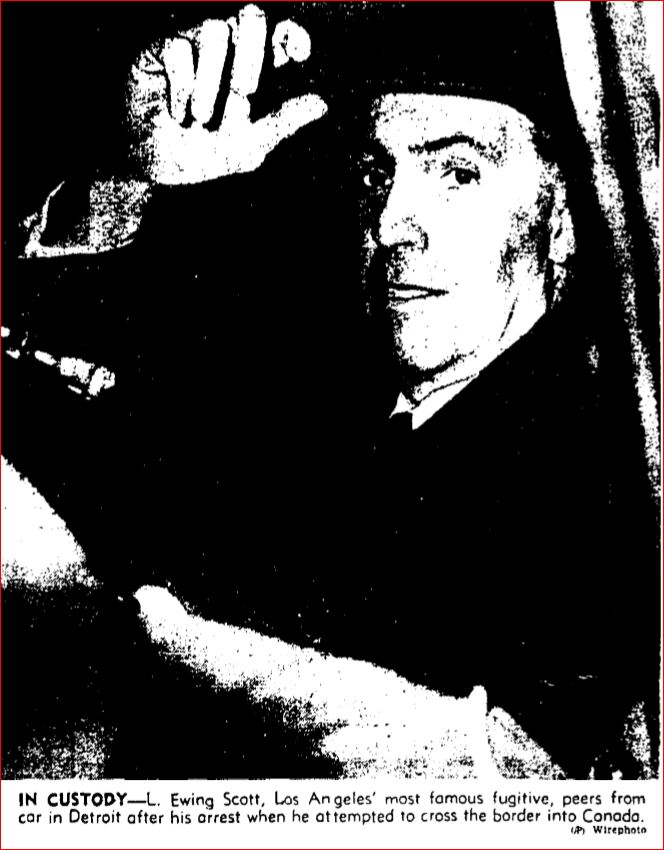 Ewing was charming and friendly during his interview until a reporter asked him point-blank if he had murdered his wife. Scott replied, “That is an asinine question. It is just plain ridiculous and stupid. It is the last thing I would want to do.”
Ewing was charming and friendly during his interview until a reporter asked him point-blank if he had murdered his wife. Scott replied, “That is an asinine question. It is just plain ridiculous and stupid. It is the last thing I would want to do.”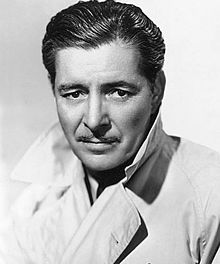 As far as any possible film, the charming, sophisticated and good looking English actor, Ronald Colman, seemed to Ewing to be the obvious choice to portray him on the big screen. Who would play Evelyn? Ewing wasn’t so sure. “As far as Mrs. Scott goes, I don’t know who would be exactly right. perhaps an older Peggy Lee, or Mary Astor. I’d have to see the woman first.” After further thought, Ewing said about the as yet unnamed actress, “I do know that she’ll have to be smart, dignified and rather good looking–and definitely not the wisecracking type.” Okay. I guess Joan Blondell wouldn’t be considered — although personally I think she would have been a fantastic choice.
As far as any possible film, the charming, sophisticated and good looking English actor, Ronald Colman, seemed to Ewing to be the obvious choice to portray him on the big screen. Who would play Evelyn? Ewing wasn’t so sure. “As far as Mrs. Scott goes, I don’t know who would be exactly right. perhaps an older Peggy Lee, or Mary Astor. I’d have to see the woman first.” After further thought, Ewing said about the as yet unnamed actress, “I do know that she’ll have to be smart, dignified and rather good looking–and definitely not the wisecracking type.” Okay. I guess Joan Blondell wouldn’t be considered — although personally I think she would have been a fantastic choice.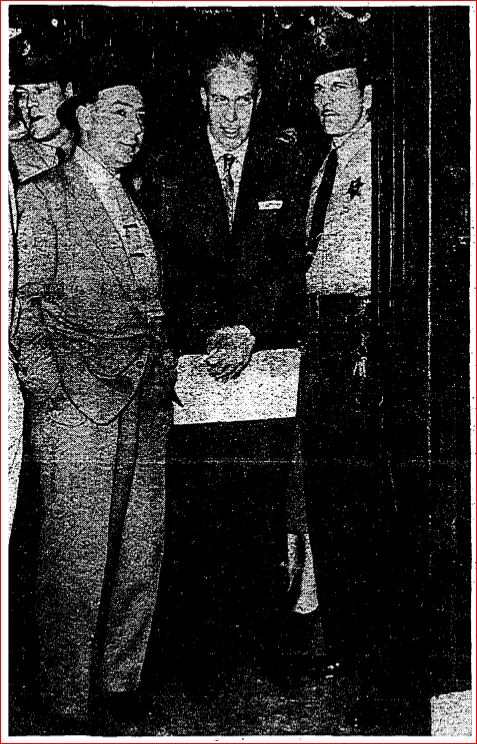 Despite the lack of a physical body, Deputy District Attorney J. Miller Leavy, was confident that the corpus delicti of murder could be established. There was a mountain of compelling circumstantial evidence to bolster the State’s case. Leavy was not only certain of a conviction, he asked for the death penalty.
Despite the lack of a physical body, Deputy District Attorney J. Miller Leavy, was confident that the corpus delicti of murder could be established. There was a mountain of compelling circumstantial evidence to bolster the State’s case. Leavy was not only certain of a conviction, he asked for the death penalty.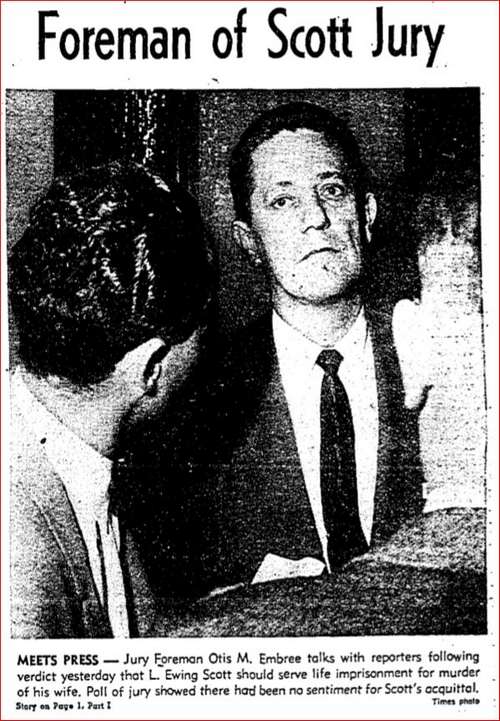 Several days later, following four hours of deliberation, the jury returned with their sentence: life in prison.
Several days later, following four hours of deliberation, the jury returned with their sentence: life in prison.

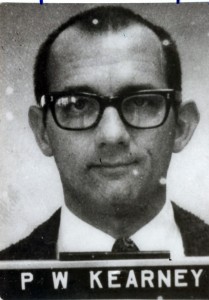 At the end of July 1977, Patrick Kearney was indicted in Riverside county and pleaded innocent to the murders of Albert Rivera, 21, Los Angeles; Arturo Marques, 24, Oxnard, and John O. LaMay, 17, El Segundo. Kearney’s attorney, Jay Grossman, requested that the transcript of the Riverside County indictment proceedings be sealed. His co-counsel, Steven Harmon, requested a gag order.
At the end of July 1977, Patrick Kearney was indicted in Riverside county and pleaded innocent to the murders of Albert Rivera, 21, Los Angeles; Arturo Marques, 24, Oxnard, and John O. LaMay, 17, El Segundo. Kearney’s attorney, Jay Grossman, requested that the transcript of the Riverside County indictment proceedings be sealed. His co-counsel, Steven Harmon, requested a gag order. Already serving a life term in Chino for the “trash bag murders” of three young men in Riverside County, in February 1978 Patrick was changed with 17 additional counts of murder. The complaint against Patrick was the largest ever filed in Los Angeles County. Two Sheriff’s homicide detectives, Al Sett and Roger Wilson, gathered the evidence on the cases using information provided by Patrick himself.
Already serving a life term in Chino for the “trash bag murders” of three young men in Riverside County, in February 1978 Patrick was changed with 17 additional counts of murder. The complaint against Patrick was the largest ever filed in Los Angeles County. Two Sheriff’s homicide detectives, Al Sett and Roger Wilson, gathered the evidence on the cases using information provided by Patrick himself.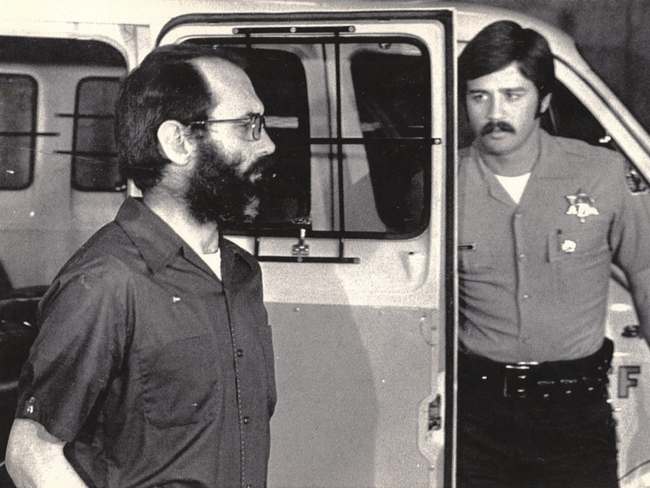
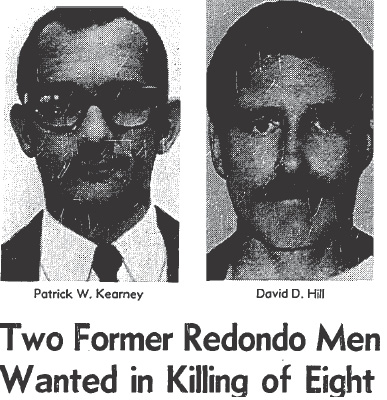 In late June 1977, Sheriff’s officers announced that they were seeking Patrick W. Kearney, 38, and David D. Hill, 34, formerly of Redondo Beach, as suspects in the sex murders of 8 young men. Investigators said that they had found evidence near the body of John Otis LaMay that lead them to issue warrants for the two men–but they wouldn’t reveal what it was they had found.
In late June 1977, Sheriff’s officers announced that they were seeking Patrick W. Kearney, 38, and David D. Hill, 34, formerly of Redondo Beach, as suspects in the sex murders of 8 young men. Investigators said that they had found evidence near the body of John Otis LaMay that lead them to issue warrants for the two men–but they wouldn’t reveal what it was they had found. The victims tentatively linked to the wanted men ranged in age from 12 to 24–none were as young as 5-year-old Ronnie Dean Smith, who had been dead for nearly 3 years. Maybe the detectives were mistaken in their earlier hunch that the boy’s slaying was connected to the others.
The victims tentatively linked to the wanted men ranged in age from 12 to 24–none were as young as 5-year-old Ronnie Dean Smith, who had been dead for nearly 3 years. Maybe the detectives were mistaken in their earlier hunch that the boy’s slaying was connected to the others.
 David Hill’s mother, Edna, was interviewed in her hometown of Lubbock, Texas: “My David would do anything like that. I know the Lord’s going to help. He’ll take care of him.”
David Hill’s mother, Edna, was interviewed in her hometown of Lubbock, Texas: “My David would do anything like that. I know the Lord’s going to help. He’ll take care of him.”
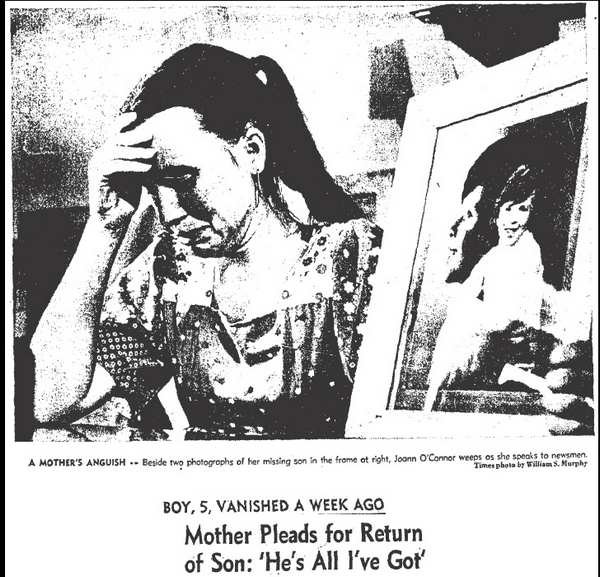 Seven days after his disappearance his mother, 22-year-old Joann O’Connor (she and Ronnie’s father were divorced) talked to the press in the squad room of the Sheriff’s station.
Seven days after his disappearance his mother, 22-year-old Joann O’Connor (she and Ronnie’s father were divorced) talked to the press in the squad room of the Sheriff’s station.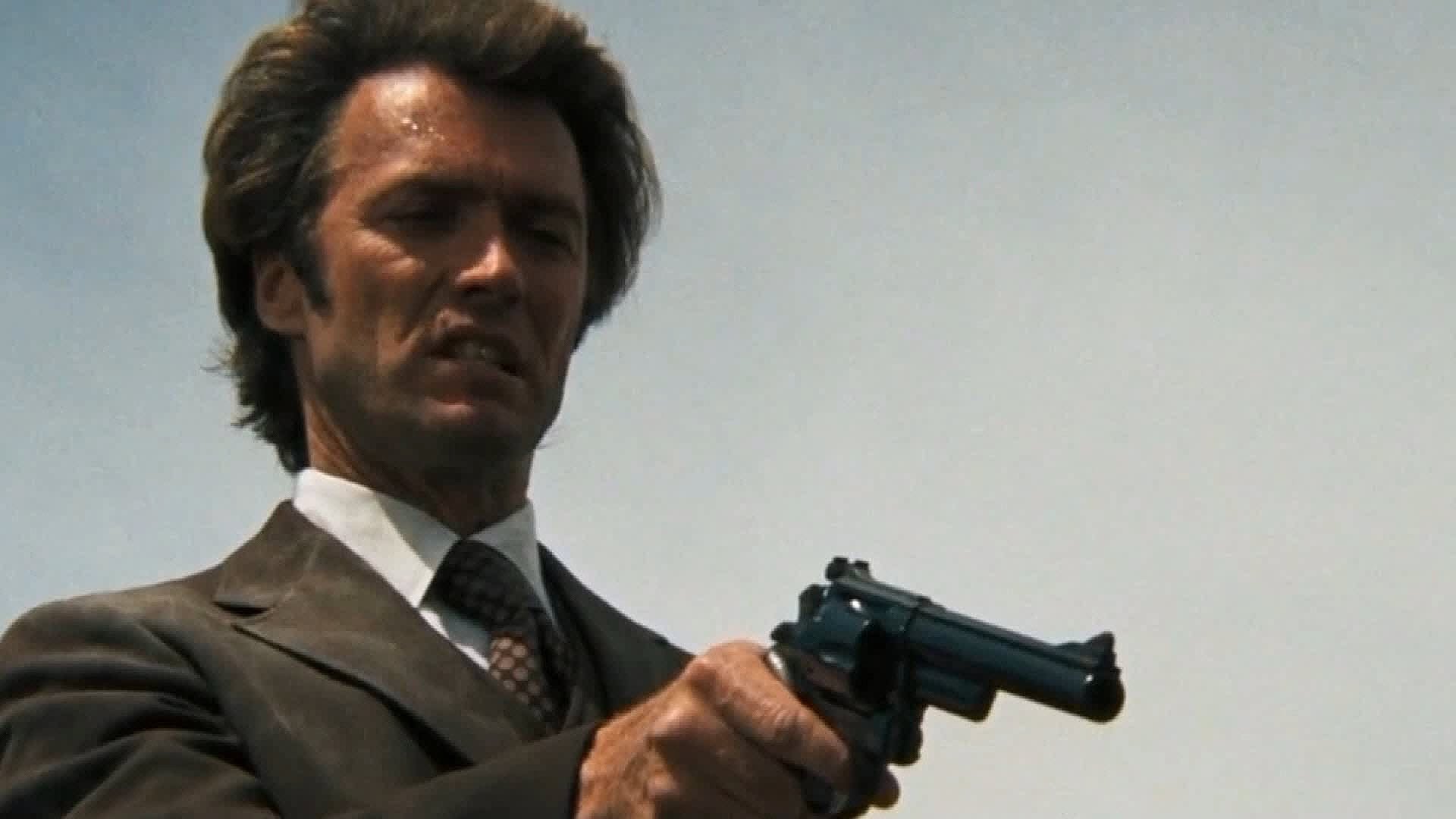
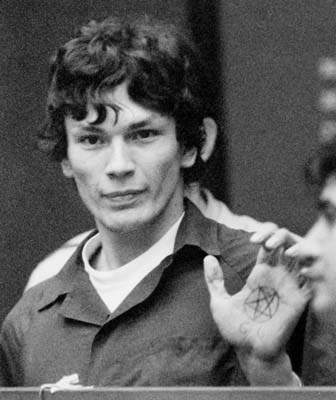
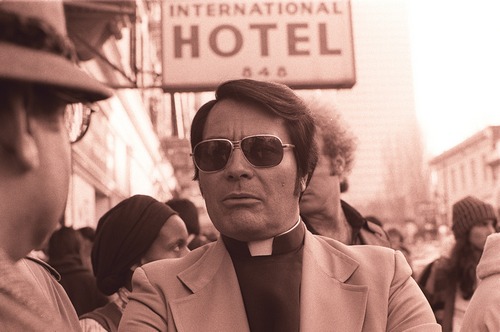
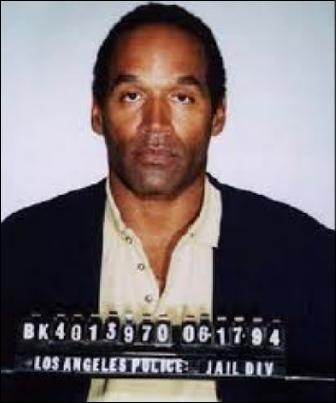 Here in L.A. there was the murder trial of O.J. Simpson, the so-called Trial of the Century. If you remove fame, wealth, and race and reduce the crime to its basic elements you end up with nothing more than a tragic domestic homicide–the type of crime which is altogether too common everywhere–yet the case continues to fascinate.
Here in L.A. there was the murder trial of O.J. Simpson, the so-called Trial of the Century. If you remove fame, wealth, and race and reduce the crime to its basic elements you end up with nothing more than a tragic domestic homicide–the type of crime which is altogether too common everywhere–yet the case continues to fascinate.
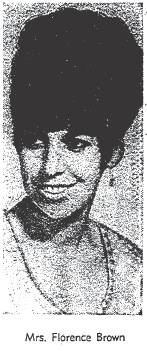
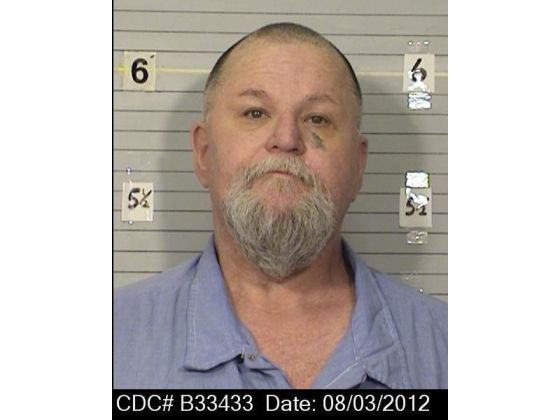 Last year we conducted a successful letter writing campaign to Governor Brown to reverse the parole board’s decision that Arthur be released. This month at a parole hearing Arthur was once again granted release. He is due to be cut loose in August unless Governor Brown overrides the board’s decision like he did last year.
Last year we conducted a successful letter writing campaign to Governor Brown to reverse the parole board’s decision that Arthur be released. This month at a parole hearing Arthur was once again granted release. He is due to be cut loose in August unless Governor Brown overrides the board’s decision like he did last year.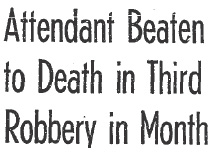
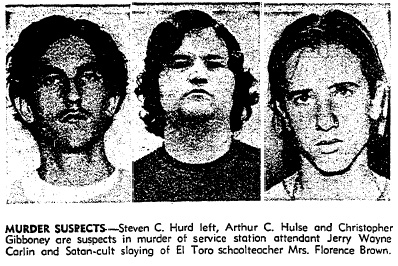
 Patricia lives out of state and wasn’t notified of the parole hearing in time to make arrangements to attend, so Craig’s request for release went unopposed. We organized a letter writing campaign to ask Governor Brown to overturn the parole because at his previous hearing, about a year before, the board had stated that Hulse still constituted an unreasonable danger to the public. What could have changed in such a short time?
Patricia lives out of state and wasn’t notified of the parole hearing in time to make arrangements to attend, so Craig’s request for release went unopposed. We organized a letter writing campaign to ask Governor Brown to overturn the parole because at his previous hearing, about a year before, the board had stated that Hulse still constituted an unreasonable danger to the public. What could have changed in such a short time?